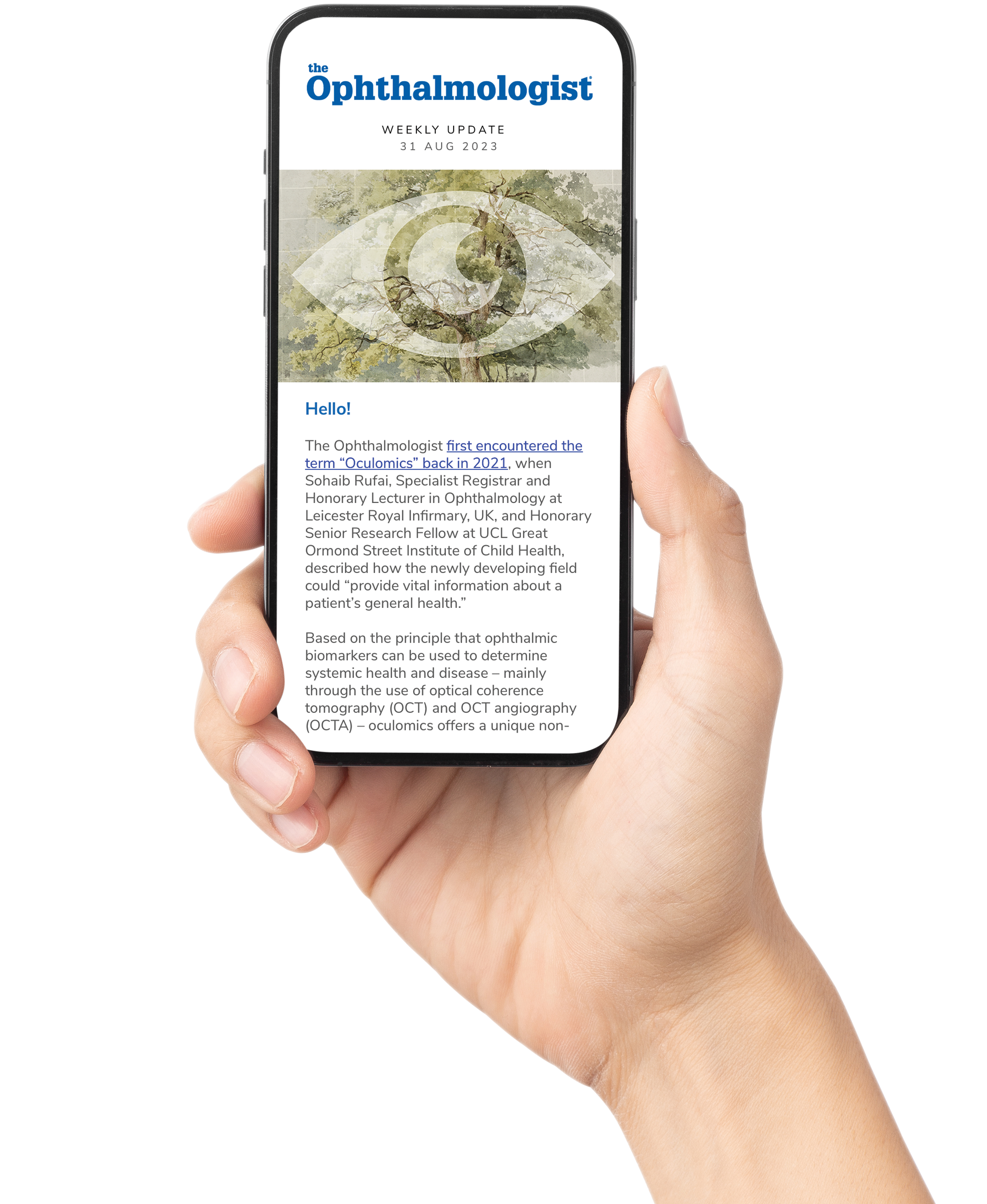Researchers from the University of Pennsylvania have unveiled BlinkWise, the first system to transform ordinary glasses into real-time health monitors capable of tracking detailed blink dynamics "with millisecond precision."
The innovation, presented at the 23rd ACM International Conference on Mobile Systems, Applications, and Services (MobiSys 2025, Anaheim, California, June 23-27) holds the potential to open new frontiers in ocular health management, fatigue detection, and cognitive workload monitoring.
Blinks are more than reflexes to lubricate the cornea — they reveal crucial information about our mental and physiological states. Increased partial blinks signal dry eye disease, while prolonged closures point to fatigue and drowsiness, a factor implicated in accidents that cost the US around $109 billion annually. Having a reduced blink frequency can also indicate high cognitive load.
Traditional tools – like high-speed cameras or electrooculography— can offer precision when measuring blink dynamics, but these methods are bulky, expensive, and impractical for daily use. BlinkWise overcomes these barriers by embedding a tiny mmWave radar and microcontroller into an eyewear add-on. The device tracks eye openness continuously, using advanced machine learning to process signals efficiently on low-power hardware, off-the-shelf components of which cost under $50.
In a recently published paper on the device, trials with 20 participants and more than 18,000 blink measurements showed that BlinkWise achieved remarkable accuracy, with a Pearson correlation of 0.981 with ground truth. Unlike prior mobile systems that merely detect blink events, BlinkWise can parse the four distinct phases of each blink – closing, interphase, reopening, and open – with median relative errors between 1%–8%. Real-world studies conducted by the researchers revealed that BlinkWise could track drowsiness by linking longer eyelid closure and reopening phases with fatigue.
The studies were also used to detect blink inhibition under mental workload, as well as identifying partial blinks commonly associated with dry eye disease. Importantly, the system proved robust in everyday conditions such as walking, reading, and outdoor use, all while maintaining wearer comfort. By merging efficient radar sensing with on-device AI, BlinkWise could pave the way for widespread adoption in ocular health monitoring, workplace fatigue prevention, and even consumer wellness devices.
